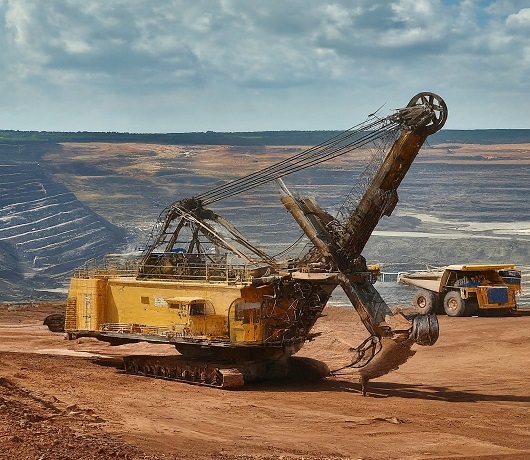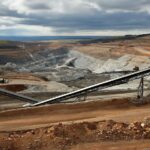Surface mining has a long history, evolving over thousands of years with various techniques developed based on the minerals sought and the available technology.
What is Surface Mining?
Surface mining involves extracting minerals or rock from near the earth’s surface. It encompasses several methods, including open-pit mining and quarrying.
Uses of Surface Mining
Open-Pit Mining: This method contributes significantly to the global production of many essential minerals. It is crucial for extracting commodities such as copper, gold, iron ore, diamonds, molybdenum, manganese, lead, zinc, uranium, and various industrial minerals like borates, talc, and specialized clays.
Quarrying: Primarily used for obtaining construction materials, quarrying extracts solid stone or crushed rock for aggregates and raw materials for processes like cement production. Quarrying is particularly essential when natural sand and gravel are scarce, producing a significant portion of the world’s aggregate output by processing rock.
Differences between Open-Pit Mining and Quarrying
Open-Pit Mining: In this method, a substantial amount of material is removed and processed, with much of it discarded. The goal is to extract specific minerals like copper, gold, or iron ore. This selective mining process involves identifying and extracting valuable minerals while discarding the rest.
Quarrying: In contrast, quarrying targets the rock itself, which is then processed into products such as gravel. Unlike open-pit mining, quarrying creates minimal waste as nearly all extracted material is used.
For any kind of surface mining tools or equipment requirements, kindly email us at marketing@gmedrills.com




Leave a Reply